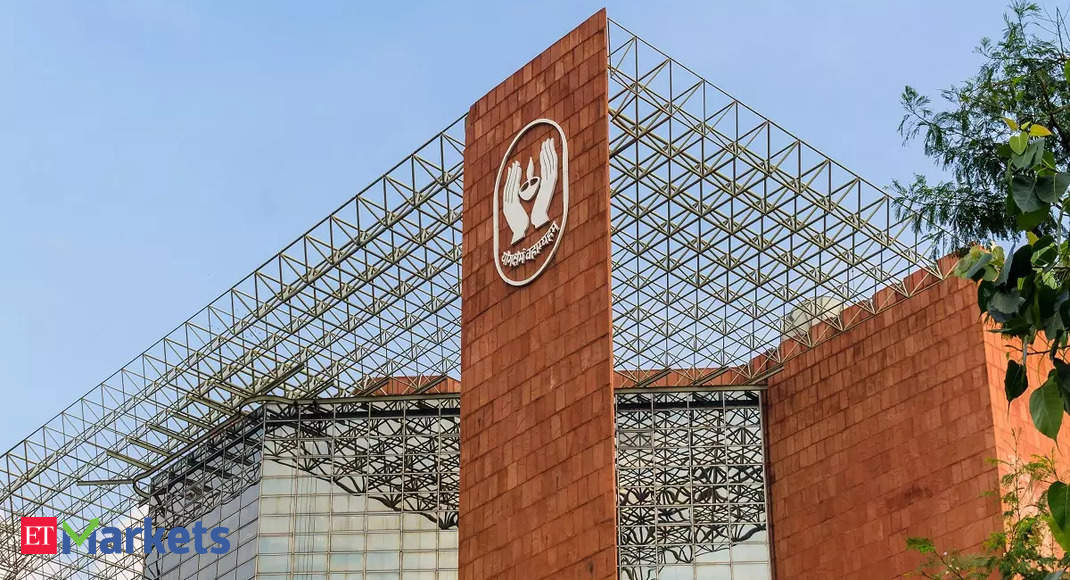The book will open for bidding by other investors a couple of days later, the sources said.
LIC’s initial public offering (IPO) is expected to obtain regulatory approval by the first week of March, after which an indicative marketing price band will be set, said the sources, declining to be named as the deal discussions are private.
LIC declined to comment. A finance ministry spokesperson did not immediately respond to a Reuters request seeking comment.
The sources said that the IPO launch schedule could change, though for now the issuer was working to meet those timelines.
LIC, the country’s largest insurance company, filed a draft IPO prospectus on Sunday with the market regulator to sell 5% of the Indian government’s stake to potentially raise nearly $8 billion.
Sources had told Reuters last month that LIC could begin issuing public shares by mid-March. They did not elaborate.
The government is rushing to complete the IPO by the end of March to meet its 2021/22 fiscal deficit target of 6.4% of gross domestic product (GDP), which is contingent on it raising around Rs 60,000 crore ($8.03 billion) from the issue.
New Delhi sharply trimmed its divestment and privatisation plans for the fiscal year that ends on March 31 to Rs 78,000 crore from Rs 1.75 lakh crore.
So far it has raised just Rs 12,000 crore from divesting stakes in state-run companies as it failed to privatise, including run refiner Bharat Petroleum Corp Ltd and two banks.
Investor roadshows for the offering, which at $8 billion is set to be the third largest insurance IPO globally, started earlier this week, two of the sources said.
SBI Caps, Citigroup, Nomura, JPMorgan, Goldman Sachs, along with five other domestic and international investment banks, are bookrunning lead managers for the deal.
LIC’s upcoming offering has battered shares in other listed Indian insurers as investors trim their holdings to make room for the state-owned giant, fund managers and analysts have said.
The 66-year-old company dominates India’s insurance sector with more than 280 million policies. It was the fifth biggest global insurer in terms of insurance premium collection in 2020, the latest year for which statistics are available.

